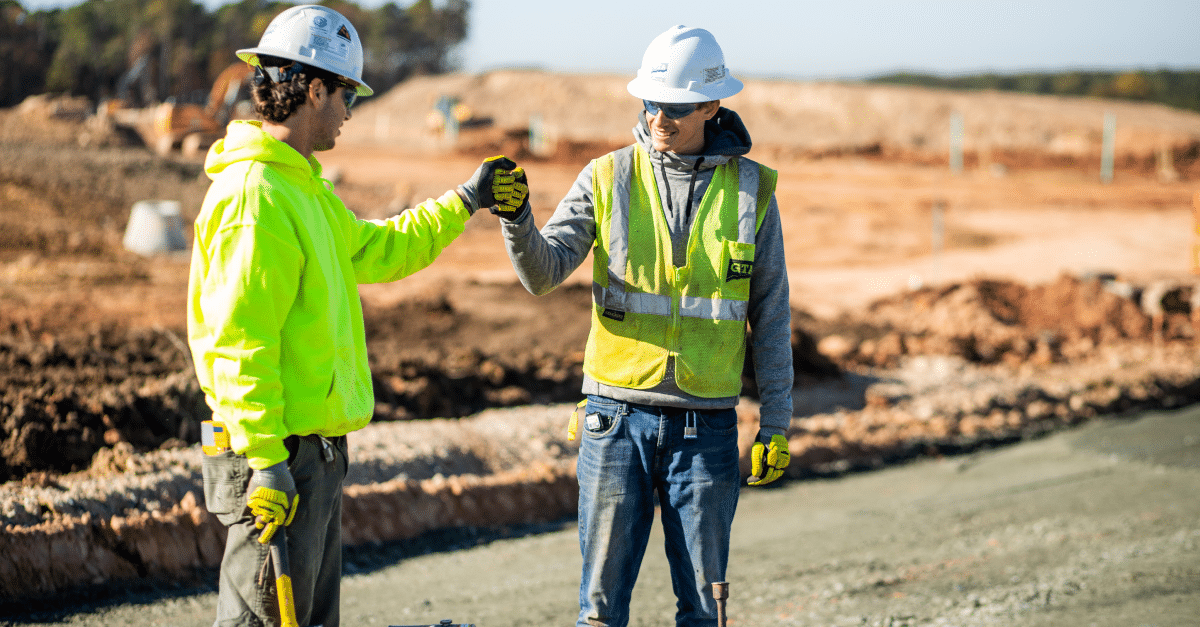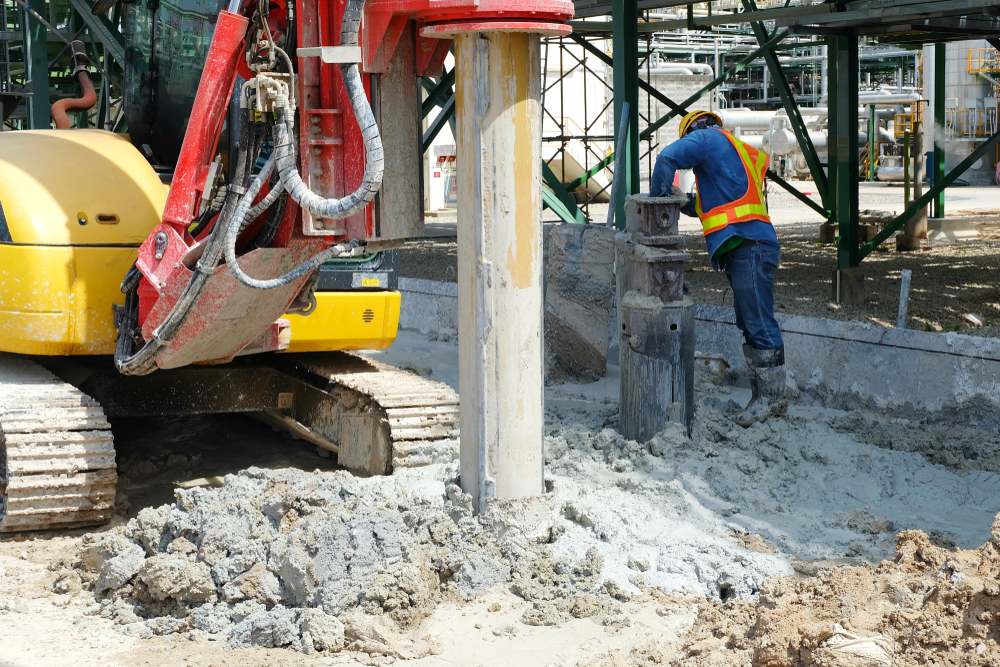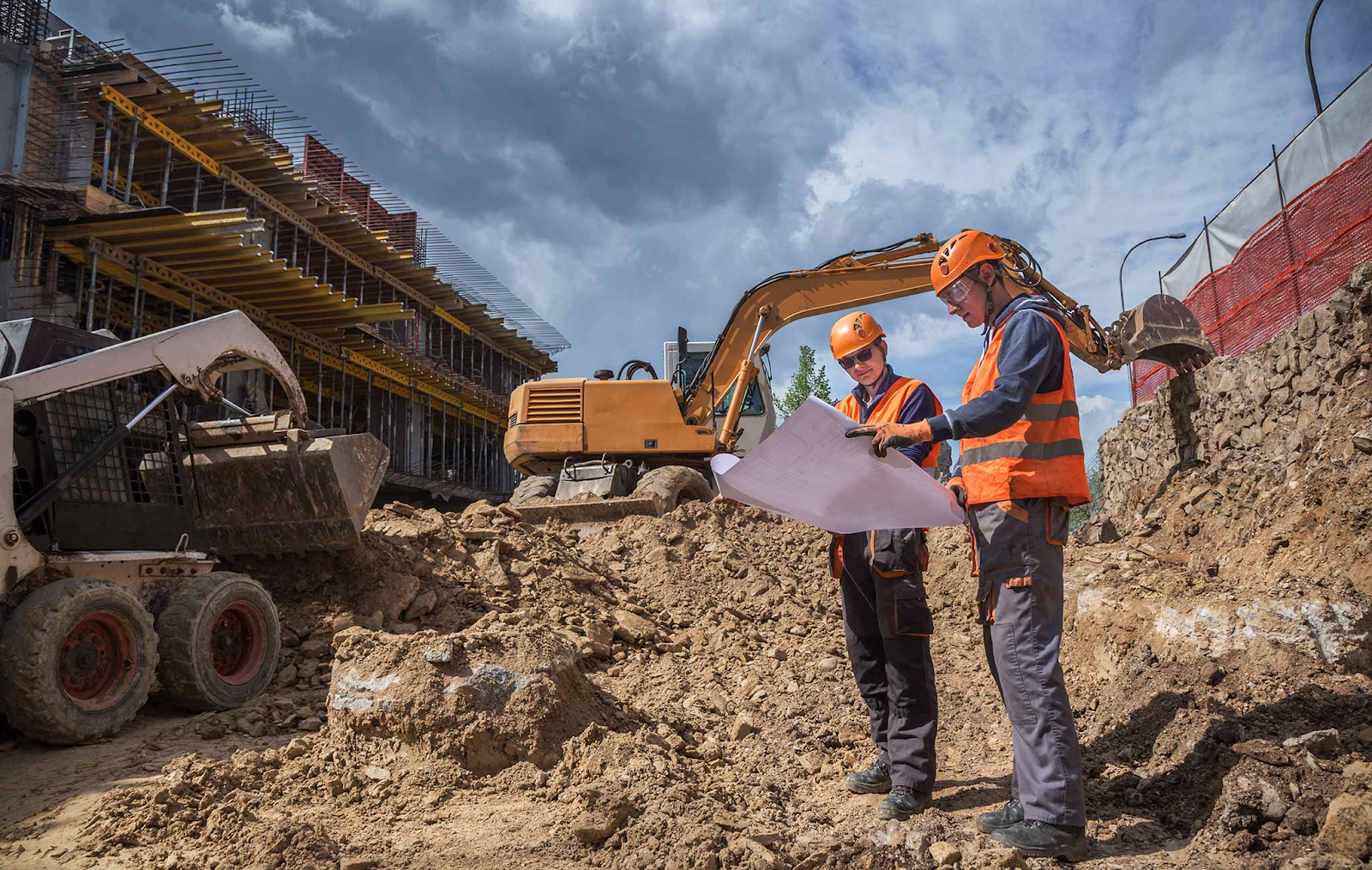The Best Strategy To Use For Geotechnical Engineering For Construction Projects
The Best Strategy To Use For Geotechnical Engineering For Construction Projects
Blog Article
Geotechnical Engineering For Construction Projects Things To Know Before You Buy
Table of ContentsSome Known Details About Geotechnical Engineering For Construction Projects The Only Guide to Geotechnical Engineering For Construction ProjectsGeotechnical Engineering For Construction Projects for BeginnersGeotechnical Engineering For Construction Projects for BeginnersSee This Report about Geotechnical Engineering For Construction Projects
Throughout the examination, it is crucial to drill at the called for deepness and the required number of openings as per the referral of the Canadian Foundation Style criterion. Occasionally, the proprietor could save some Geotechnical Investigation cost however wind up investing even more than the prepared for during the building price.The duties of the geotechnical specialist include providing product screening for construction support. Geotechnical Engineering for Construction Projects. Geotechnical designers evaluate all the field examination records to make sure that building and construction is taking place as per the task spec. During building, a confirmatory examination for dirt compaction is done on-site to ensure that no future settlement happens
After the concrete is poured -7 days and 28 days- tests are carried out on concrete examples accumulated from the site to make sure that the concrete put meets the layout requirement. Asphalt core is taken after the Asphalt is laid and compacted to verify that it meets the style requirement. All laboratory examination records are analysed by the Geotechnical Engineer to guarantee that it meets the project specification.
The Single Strategy To Use For Geotechnical Engineering For Construction Projects

Geotechnical engineering plays an important role in guaranteeing the security of building and construction jobs. Find out how it impacts layout and overall task success. Geotechnical engineering is an essential branch of civil engineering that concentrates on comprehending the behaviour of earth materials, such as dirt and rock. It involves analysing subsurface conditions to make certain that a building's structure or facilities is steady and secure.

For a dependable structure and a smooth construction procedure, depend supply the expertise you require. Get in touch with to obtain expert guidance and geotechnical solutions tailored to your following job.
Some Known Facts About Geotechnical Engineering For Construction Projects.
When starting a land growth task, recognizing the ground under your feet is as crucial as the frameworks you intend to construct over it. Our Geotechnical Engineering team evaluate the ground, guaranteeing it is ideal for the proposed growth while offering you with the info needed to meet your project objectives.
Geotechnical Design looks at the formation of the ground, as it is the foundation for all tasks. Where structures need to be made with regard to the ground problems; ground problems (e.g., soft ground) may need strengthening depending upon the size of the designated structure. Before building, you need to understand about the groundwater, dirt structure, and liquefaction probability of your land.
For sites that are not attached on the regional authority facilities added website investigations would be required to offer technical inputs for on-site stormwater and wastewater. We have experienced Geotechnical Engineers based in each workplace, supporting your geotechnical needs nationwide. Get to out to us to review just how we can support your next task.
These reports are tailored to fulfill the certain demands of a job and consist of style specifications and advice for the building and construction of a variety of synthetic frameworks. As offering working as a consultant solutions covering areas such as slope stability and load-bearing capacities for different materials, these engineers take on research and growth activities to enhance methods, equipment, products understanding and evaluation covering whole lifecycles.
Excitement About Geotechnical Engineering For Construction Projects

Nevertheless, rates of pay normally raise as your expertise and skills grow, with standards indicating a graduate beginning income of between 18,000 and 28,000 each year in the UK. This increases to 26,000 to 36,000 with a few years of experience and afterwards getting to 40,000 to 60,000+ for elderly, chartered or master designers.
With the ideal application it is feasible to master the profession and gain access to a difficult yet fulfilling and crucial occupation. A rock hound would certainly require to retrain to become a geotechnical designer, although there is plenty of cross-over in between both occupations, which might make this simpler - Geotechnical Engineering for Construction Projects. Geologists require to have an understanding of soils, rocks and various other materials from a clinical point of view, while geotechnical designers tale their expertise of issues such as dirt and rock technician, geophysics and hydrology and apply them to engineering and ecological More Info tasks
When starting out, these designers will often tend to work on much less complex projects, constructing up knowledge and experience prepared for more challenging work later. Geotechnical designers tend to specialise in certain areas as they grow in experience, focusing on specific frameworks such as trains, roads or water. These designers also collaborate with renewable resource, offshore and onshore oil and visit this web-site gas, nuclear power, and extra.
What Does Geotechnical Engineering For Construction Projects Mean?
The time taken to come to be a geotechnical designer relies on where you are based, where you research and what level of education you desire to acquire prior to getting in the workplace. Are you going to explore an apprenticeship, take an university degree or service in the direction of a Master's or PhD? However, generally-speaking it takes 3-4 years to reach the standard needs to start a career as a geotechnical engineer.
These operations allow specialists to examine a host of soil mechanics including weight, porosity, void-to-solid fragment proportion, leaks in the structure, compressibility, maximum shear strength, bearing ability and deformations. If the framework needs a deep structure, designers will certainly make use of a cone infiltration test to approximate the quantity of skin and end bearing resistance in the subsurface.
When assessing an incline's equilibrium of shear anxiety and shear stamina, or its ability to hold up against and go through movement, rotational slides and translational slides are generally thought about. Rotational slides fail along a rounded surface, with translational slides taking place on a planar surface area. A professional's objective is to identify the conditions at which an incline failure can take place.
Frequently, findings suggest that a website's dirt need to be treated to improve its shear strength, tightness and permeability before design and building. When it comes time to set out foundation plans, professionals are significantly concentrated on sustainability, more particularly how to decrease a foundation's carbon footprint. One method has been to replace 20 percent of a foundation's concrete with fly ash, a waste item from coal fire power over here plants.
Report this page